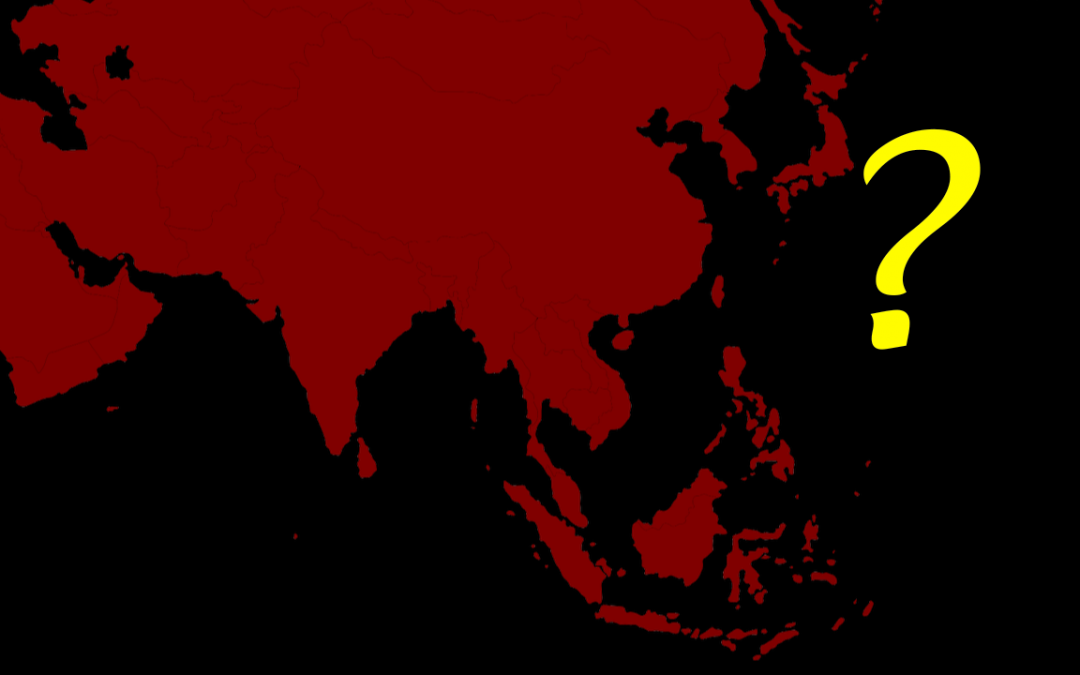With a total land area of more than 44.5 million square kilometers, Asia is the world’s largest continent. It is also the most populous continent, being home to over 4.5 billion people. That’s around 60 percent of the total population of our species. So as you’d expect, there is a tremendous amount of diversity within Asia. The continent stretches from the islands of Japan to the Black Sea, from the frozen coasts of north east Russia to the gateway to Africa. It is a massive continent, despite the term Asian usually referring exclusively to East Asia within North America.
With so much land up for grabs, some of the largest countries on Earth are found in Asia. Some countries that look relatively small on the map of Asia are actually enormous themselves, it’s just that their neighbors are so monstrously big by comparison. So I thought it would be interesting to list an examine the biggest countries in Asia individually. I’ve previously written a similar article focusing on Europe. But now it’s all about Asian cultures, some relatively new while others are ancient kingdoms or living relics of now lost empires. Here are the ten biggest countries in Asia.
10: Turkey
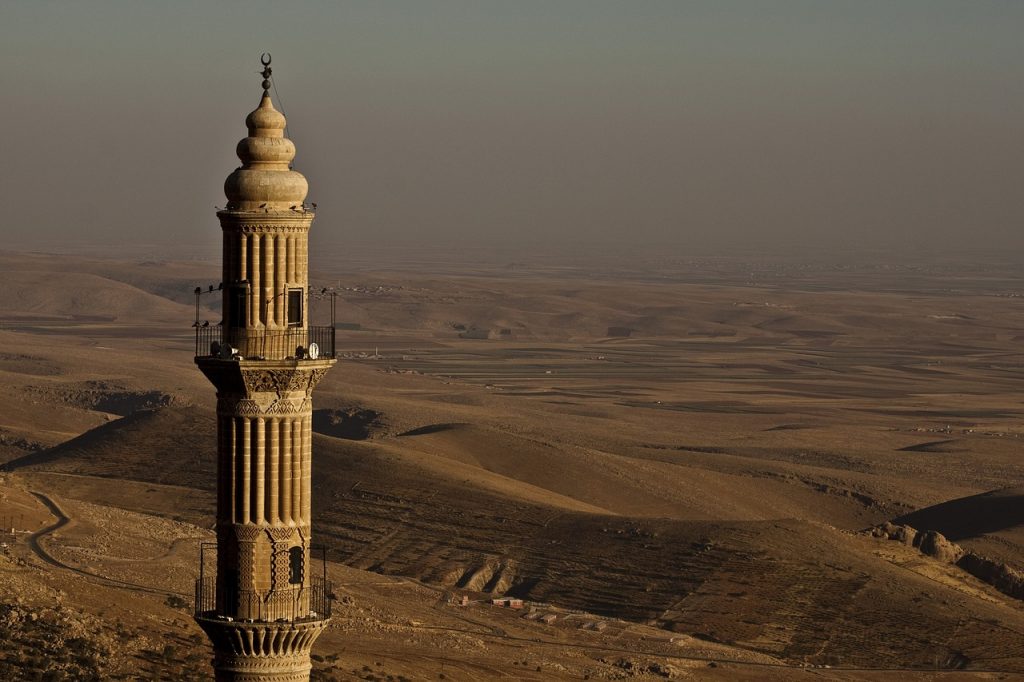
Turkey, one of the oldest and most strategically important nations on Earth is also one of the biggest countries in Asia. You might not consider Turkey an Asian country, not culturally perhaps. Many consider her a European country, since she has lands in Europe. In fact their most important city, Istanbul, can safely be called European. Istanbul is the most strategically important city in the world, controlling access to the Black Sea. Since Russia can only be a global power with proper utilization of their warm water port on the Black Sea, Turkey in a sense has them in a stranglehold.
Turkey was once the land of the Ottoman Turks, who ruled one of the world’s largest empires and greatest powers. It was so big some believed the Ottomans conquered all of Europe and all of Asia. This is clearly not true but it speaks to the pure size of Turkey at the time. Most of that land faded over the centuries but it was only at the end of world war one that the empire fully collapsed, giving way for the emergence of modern Turkey.
9: Pakistan
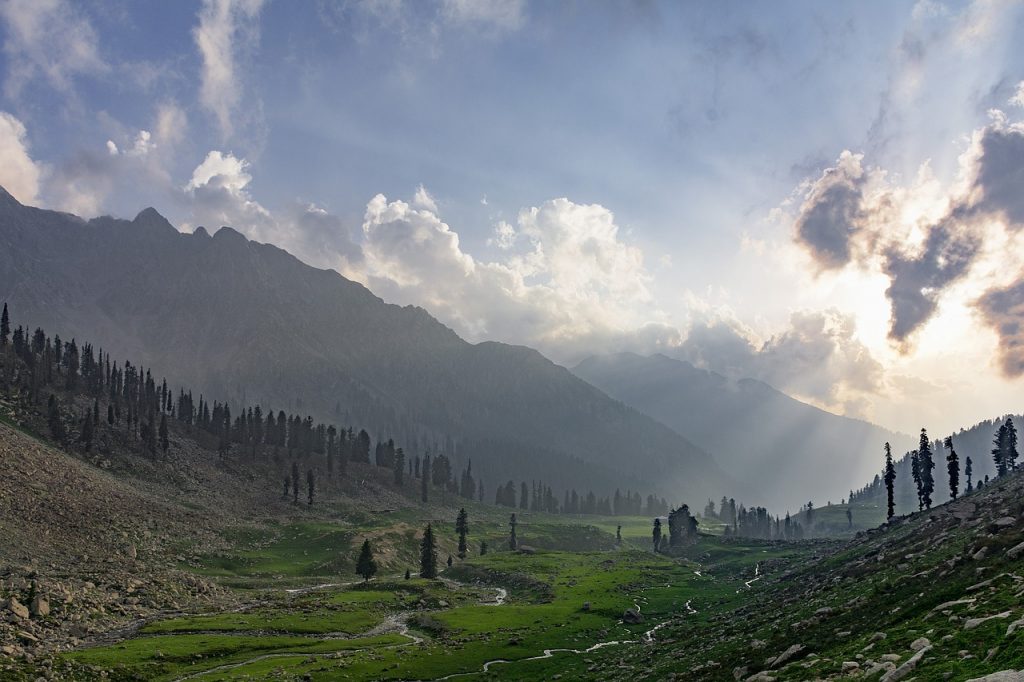
Sandwiched between it’s two larger neighbors of India and Iran, Pakistan might not seem that large but it really is among the biggest countries in Asia. With vast lands containing an incredible diversity of climates, everything from jungles, deserts to beautiful mountainous regions can be found within Pakistan. Those who live in remote communities in Pakistan’s Himalayas live very different lives to those in the rest of this country – especially to those in large cities like Karachi or Lahore. Both of those are among the most populous cities in the world. That makes sense because although Pakistan is so large, much of it’s land is either inhabitable or barely habitable, driving people to urban centers. Pakistan is an emerging country, projected to soon become the most populous Muslim country there is, and will only increase it’s powers regionally.
8: Indonesia
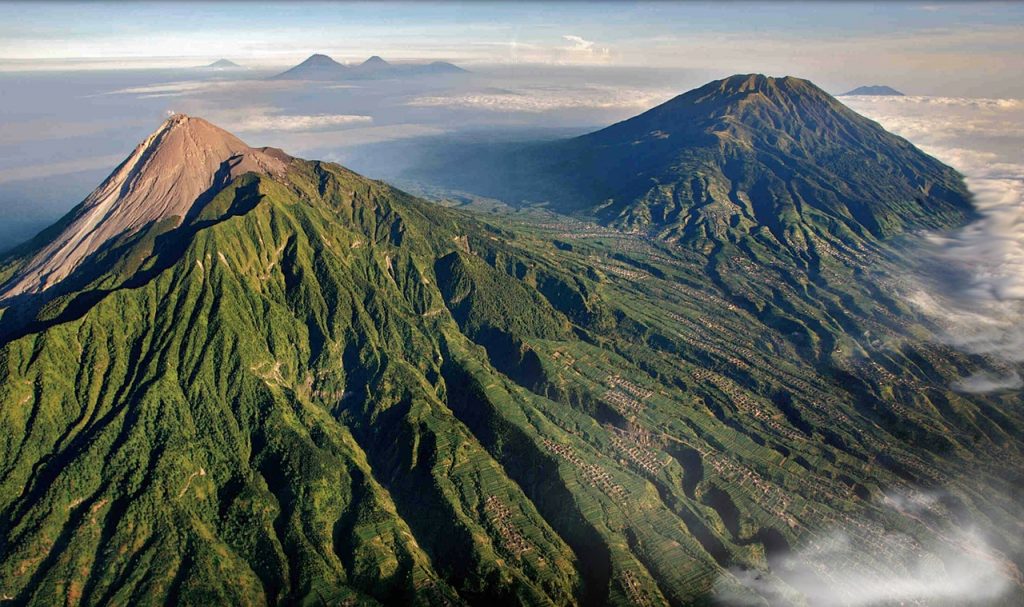
The country that Pakistan is set to overtake as the most populous of the Islamic world is Indonesia. Indonesia is a truly massive country, with around 17 thousand islands in total. Some are among the largest islands on Earth, like Java. Having so much land, and being the fourth most populous nation globally, Indonesia has a lot going for it. First she has massive natural resources that have been and are ready to be tapped, international investors lining up to take advantage of this, and a potentially massive workforce to compliment things.
Unsurprisingly, Indonesia is home to over seven hundred languages divided among hundreds of different ethnic groups. The reason so many islands of this region are part of one country is because what is now Indonesia was once ruled by the Dutch Empire. But following the second world war Indonesians fought against the Dutch, winning independence in 1949. They saw no reason to separate into different authorities, and so Dutch Indonesia became the nation of Indonesia we recognize today.
7: Mongolia
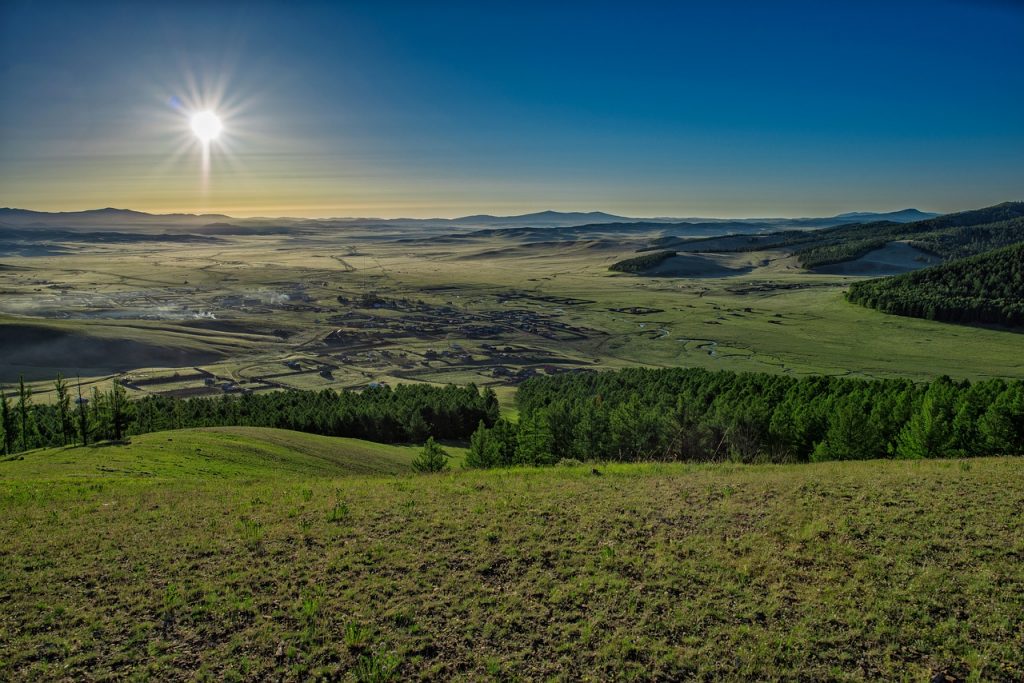
Landlocked and stuck between the world’s largest two countries, you could be forgiven for not realizing Mongolia is one of the biggest countries in Asia. This is especially the case considering the nation of Mongolia only covers part of the region known as Mongolia, with the remainder in China. In fact there are more ethnic Mongols within China today than there are in Mongolia. Having said that, Mongolia is still a vast nation, covering over 1.5 million square kilometers. Within their lands are contained almost the entire Gobi desert as well as vast mountain ranges.
Much of the country can fairly be classed as baron barely habitable wasteland. Because of this, Mongolia’s population is just 3 million and has just one large city, which is home to almost half the nation’s total population. This is a far cry from Mongolia’s former glory, once ruling the largest ever continuous empire by land empire. Everyone who encountered the Mongol hoard feared them, from Ukraine to Japan. Perhaps no power has since helped to institute globalism, with the Mongol Empire’s whole hearted acceptance of the silk road trading routes and similar actions. If anything, Mongolia should be even bigger than it currently is.
6: Iran

Iran is yet another nation that has long outlived it’s peak. There was a time when the Persian Empire was the most feared power on Earth, long before the British Mongol, or even Roman empires existed. It stretched from India into Europe, famously being able to put together an army of half a million in it’s war against Greece. This great empire cemented significant elements of Persian culture that can still be seen in Iran today.
There were periods of history since that time when Persia was a much weaker force, being heavily influenced by other empires especially in the 19th century. However she has kept her borders roughly the same for a very long time, and remains the second largest nation in the middle east, and one of the biggest countries in Asia. It also remains an important nation when it comes to Geo strategy, controlling the strait Kuwaiti and Iraqi shipping routes relies on. This is partly why Iran is currently engaged in a cold war with the only middle eastern country with more land than it.
5: Saudi Arabia

Saudi Arabia is the country I alluded to regarding Iran. The two nations have for years been vying with each other to be the dominant power in the middle east, even to the point of fighting proxy wars against each other and openly accusing each other of war crimes. Saudi Arabia is named after the family that rules it – the House of Saud. They are the royal family and have held absolute power ever since the nation was created by Ibn Saud in the mid 20th century. Beginning in 1932 he rapidly conquered the collective tribal areas that constitute the land of modern day Saudi Arabia.
One of the most mysterious and closed off countries, Saudi Arabia is completely unique. She is the birth place of Islam, having moth Mecca (the center of Islam) and Medina (the birthplace of Muhammad). This gives the Saudi government massive influence in the Muslim world, much to the resentment of their rivals. With a population of over 33 million and rising fast, Saudi Arabia’s influence on the world stage is unlikely to diminish any time soon.
4: Kazakhstan

Kazakhstan is a country that gets way less attention than it deserves, being tucked away in Central Asia. Kazakhstan actually has more land in Europe than a lot of European countries, which says something about the side of Eastern Europe. But most of Kazakhstan is firmly within Asia. Once making up a large portion of the Soviet Union, Kazakhstan today is made up of around 2.7 million square kilometers, stretching from China’s western provinces to the Caspian Sea. With a population of 18 million, Kazakhstan has an incredibly low population density for one of the biggest countries in Asia – at just 15 people per square mile.
This region has always been sparsely populated, being home to nomadic steppe people since ancient times. And so it makes sense that modern Kazakhstan has such a low population despite it’s massive size. It’s size is probably Kazakhstan’s greatest advantage, having massive deposits of natural resources like Uranium. In fact Kazakhstan has grown to become central Asia’s strongest economy, growing rapidly in recent decades.
3: India
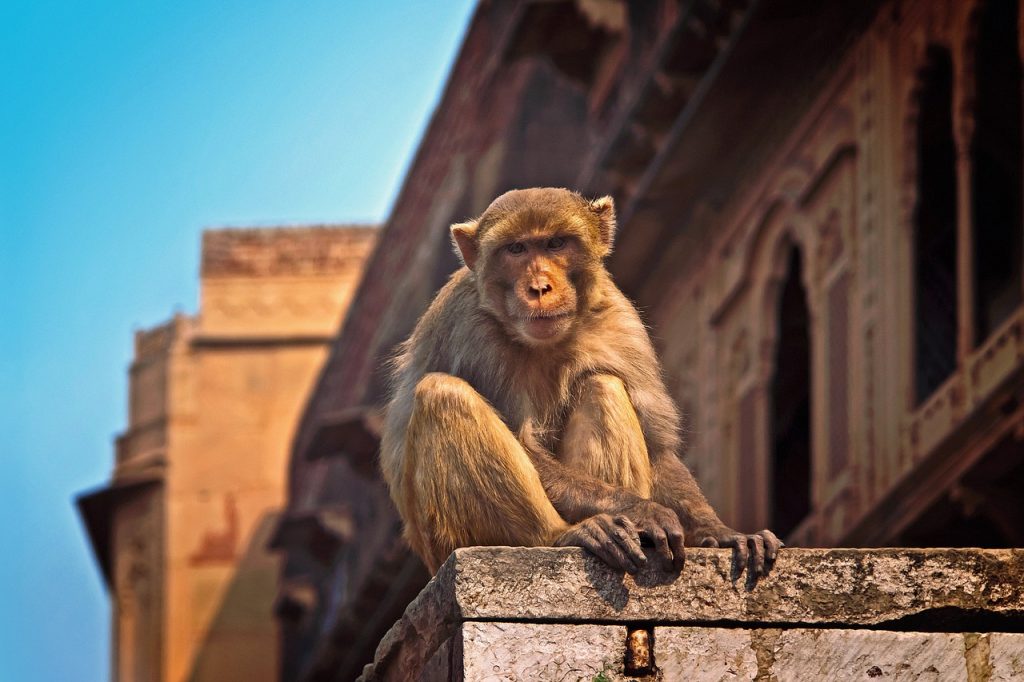
In calling India one of the biggest countries in Asia we are not just talking about total land area. Sure, India is the third largest by area. But India is also huge in terms of population, the depth of it’s culture, the scope of it’s history, and the power of it’s economy. India’s economy is growing fast and depending on how it’s territorial disputes go, as might it’s borders. India’s 3.2 million square kilometers are home to many different languages cultures and ethnicities. Entire deserts can be found within it’s borders but they barely cover even a noticeable spot on a map of the country.
2: China

The third largest nation in the world, any fool can see she is among the biggest countries in Asia. But, much like Africa, few people are familiar with the true vastness of China. At over 9.6 million square kilometers, China is almost three times the size of India. Clearly China is the largest country to exist solely in Asia. All kinds of climates can be found within China, from tropical forests to great mountain ranges. A person could spend their entire life travelling this one country and never tire of it. Tibet alone is huge – almost ten times the size of England – and that’s just one of China’s many regions.
1: Russia

Although culturally a European nation and most of it’s population and major cities being in Europe, Russia is undoubtedly the biggest country in Asia. More than anything else, this just goes to show the almost incomprehensible size of Russia. At over 17 million square kilometers, Russia literally has more land than Pluto. Bigger than the entire continent of Antarctica. Almost two times as big as Canada. On top of that Russia crosses 11 different time zones and numerous different bio zones. This means parts of Russia share time zones with everywhere from North Africa to the Pacific. With such a vast stretch of land, Russia’s population of 144 million looks minuscule by comparison. Everyone knows that Russia is the world’s biggest country, but few consider her Asian. Far more see Russia purely as European. But it is a fact that Russia shares a border with North Korea.
Similar Articles
10 Biggest Countries in Europe
10 Smallest Countries in Asia

